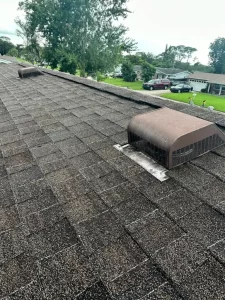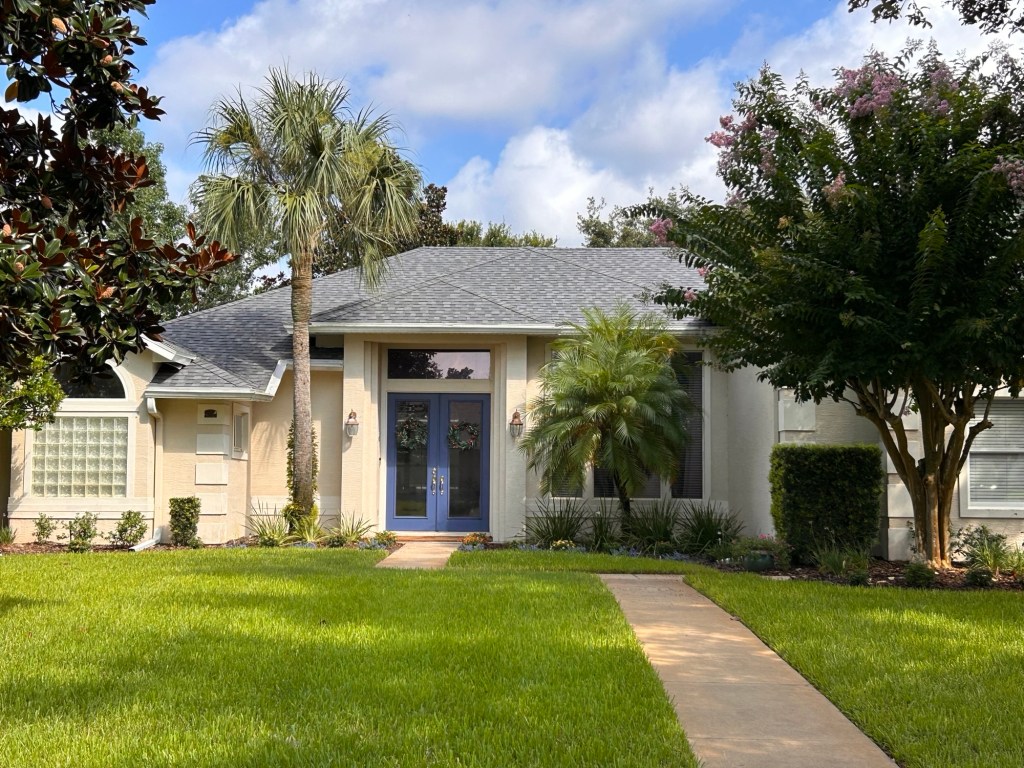
When it comes to ensuring the longevity and functionality of a shingle roofing system, proper ventilation is a critical factor. Ridge and off-ridge vents are two popular ventilation options, each serving distinct purposes. However, mixing these two types of vents can lead to various issues that compromise the integrity of the roof and its overall performance. In this article, we’ll explore why it’s essential to maintain consistency by avoiding the combination of ridge and off-ridge vents on a shingle roofing system.
Airflow Disruption and Inefficiency:
Ridge vents and off-ridge vents are designed to work in specific ways to maintain a balanced airflow within the attic space. Ridge vents are installed along the ridgeline of the roof to allow warm, moist air to escape from the attic, while off-ridge vents are typically located lower on the roof to intake fresh air. Mixing these two types of vents can disrupt the intended airflow patterns, leading to inefficient ventilation. This inefficiency can result in hotspots, moisture buildup, and decreased energy efficiency within the attic.
Compromised Aesthetic and Functionality:
Shingle roofing systems are designed with a specific aesthetic in mind, and the installation of ridge and off-ridge vents can impact the overall look of the roof. Mixing these two types of vents can lead to an inconsistent appearance that detracts from the curb appeal of the property. Furthermore, improper placement and mixing of vents can compromise their functionality, potentially leading to reduced ventilation efficiency and subsequent issues like mold growth and premature shingle degradation.
Increased Vulnerability to Leaks and Weather Damage:
Introducing two different types of vents on a roofing system can create points of vulnerability for leaks and weather-related damage. When ridge and off-ridge vents are installed in close proximity, the seam between them can become a potential entry point for rainwater, snow, and debris. This can result in water infiltration, which can damage the underlying roofing structure, insulation, and ceilings.
Complex Installation and Maintenance:
Roofing professionals are experienced in working with specific types of vents for optimum performance. Mixing ridge and off-ridge vents complicates the installation process, potentially requiring more time and expertise to ensure proper placement and sealing. Additionally, the maintenance of a mixed ventilation system can be more challenging, as the compatibility and functioning of the different vent types need to be constantly monitored and adjusted.
Long-Term Cost Implications:
While it may seem cost-effective to mix ridge and off-ridge vents to cater to different ventilation needs, the long-term implications can outweigh the short-term benefits. The problems arising from mixed vent installations can lead to increased repair and replacement costs for not only the vents but also the roofing materials and structures affected by compromised ventilation.
Consistency is key when it comes to ventilation systems in shingle roofing. Ridge and off-ridge vents serve distinct purposes and should not be mixed to ensure proper airflow, maintain the aesthetic appeal, and prevent leaks or damage. Homeowners and roofing professionals alike should understand the importance of adhering to manufacturer recommendations and industry best practices to ensure the longevity and functionality of the roofing system. By avoiding the mixing of ridge and off-ridge vents, you’ll be taking a proactive step towards a well-ventilated, aesthetically pleasing, and durable roofing system.
Give us a call for a NO OBLIGATION INSPECTION OF YOUR ROOFS VENTILATION SYSTEM 386-281-8831

